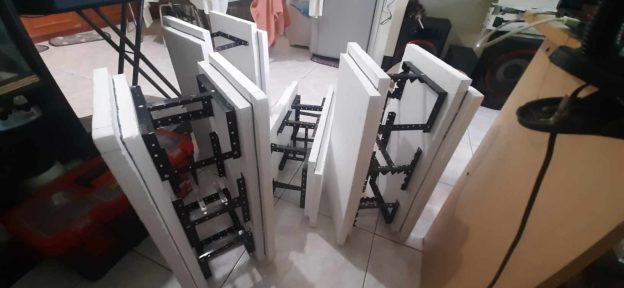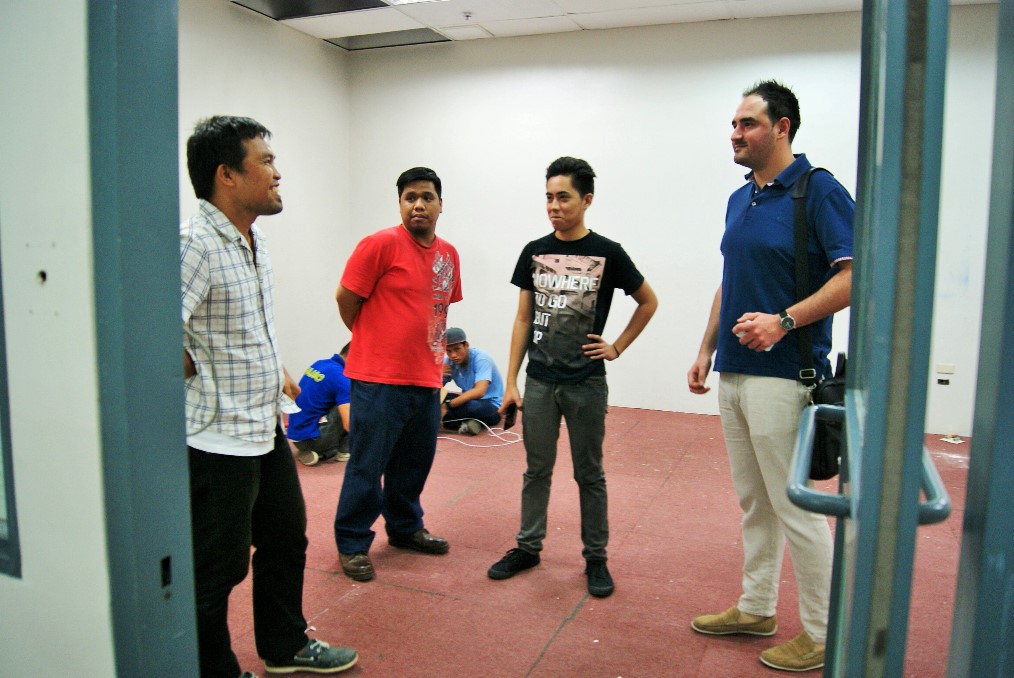Insulated Concrete Forms (ICF) are also referred to as Insulating Concrete Forms.
This method of building walls and roof decks started in Canada by the contractor Werner Gregori and then it spread around the western world, and is now also in demand in tropical countries to keep the interior of the house cool.
The main benefit of ICF is its thermal insulating properties where it insulates the interior temperature of the house from the outdoor temperature. So in cold climate areas, the cold from outside will be isolated by the foam and you can keep warm inside as the warmth produced by your heater will also not escape to the outside. The inner core of the ICF block will be filled with concrete so when you stack the ICF blocks like lego blocks you will form a hollow wall which you will then fill with poured concrete to form your solid concrete wall. When the concrete dries or cures, what you have is a solid concrete wall that is double insulated from inside and outside by a thick usually 2 inch thick foam from inside and outside of the house. ICF walls usually come in 6, 8, and 11 inch thick inner core, though some will request even thicker cores.
The inner supports of the ICF blocks allows for you to tie your horizontal and vertical rebars depending on the structural design of the house.
In hotter climate areas such as in tropical countries like the Philippines, ICF is in demand as it also does the reverse which is to keep the heat from outside from getting inside the house. So when you cool down your house interior, your ICF wall will keep it cool by isolating the heat from outside, so your air conditioner do not need to over work and so you don’t have to pay astronomical electricity costs. So when you build your roof and ceiling, you also need to place sufficient amount of foam insulation between your roof and ceiling to isolate the heat from outside and to keep your interior cool.
For now, we prefer that we only supply ICF blocks for projects that we get to build or at least we have to supervise the build of projects that use our own ICF blocks locally manufactured which we call Chill Blocks ICF blocks.
To make our ICF blocks interlock, there is a 1 inch unitary groove cut on the edges cut in opposing locations to meet the next block on the sides, bottom, and above of each block – please see uploaded pictures on this article. And then on those edges where the blocks interlock – when they meet and connect on those interlocking unitary grooves, the blocks connection points will be screwed to strengthen the connection and to make to prevent poured cement from leaking out. And then for added strength during pouring, to avoid a blow out, necessary bracing ply woods will be added to support the blocks during pour.



































































